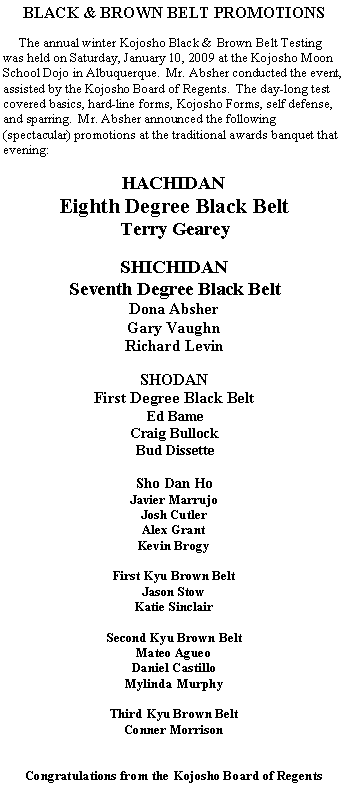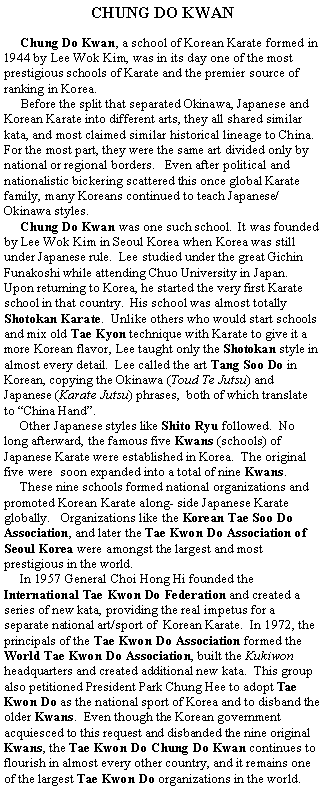

|
FIFTY YEAR KOJOSHO HONOR RING AWARD The Kojosho Honor program was designed in 2003 to recognize those System members who have honored the System with their extraordinary loyality, On January 10, 2009 the Kojosho Board of Regents awarded the first Fifty Year Kojosho Honor Ring to Mr. Fred Absher for his 50 year commitment to Kojosho. His unique 50 year Honor Ring was designed and crafted by Ron Striegel, and it includes rare Chinese turquoise. Itís impossible to describeóask Mr. Absher to show it to you. |